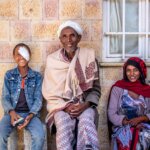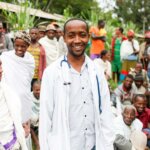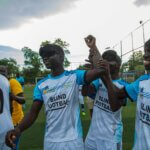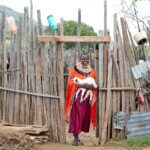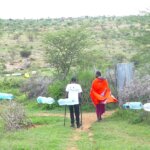- Eye Health
On World Neglected Tropical Disease (NTD) Day, we join the global call to unite, act and eliminate NTDs. Find out how, together with our partners, Light for the World is working towards eliminating trachoma in Ethiopia by 2030.
What are neglected tropical diseases?
Neglected tropical diseases (NTDs) are endemic in more than 150 countries, impacting 1.6 billion people.
According to the WHO, NTDs are a diverse group of conditions caused by a variety of pathogens, such as bacteria, viruses, parasites, fungi or toxins. All of them have far-reaching health, social and economic consequences for patients.
Why are they “neglected”?
These diseases are neglected in the global health agenda because they primarily affect people living in lower-income regions and conflict areas. Work to combat NTDs has very limited resources and they are almost ignored by global funding agencies, particularly providing safe water, sanitation and hygiene (WASH).
“Most neglected tropical diseases are associated with social stigma and exclusion, and they reinforce the vicious cycle of no or low income, barriers to education, and disability,” says Solomon Gadissa, Programme Manager at Light for the World Ethiopia.
Tropical diseases spread particularly quickly in areas with inadequate sanitation, such as rural, hard-to-reach, disaster-prone and conflict-hit regions, with the spread fuelled by lack of awareness and access to safe water.
How can we work together to eliminate neglected tropical diseases?
“At Light for the World, together with our partners, we fight three NTDs: trachoma, onchocerciasis, and lymphatic filariasis,” says Adugna Amin, Programme Manager at Light for the World Ethiopia.
“Focusing especially on preventive treatment, we limit their spread through mass drug administration and case detection and management, together with awareness raising, providing sanitation facilities, clean water and medicines.”
“We make sure all our interventions are gender and disability inclusive and support cross-sectoral collaboration.”
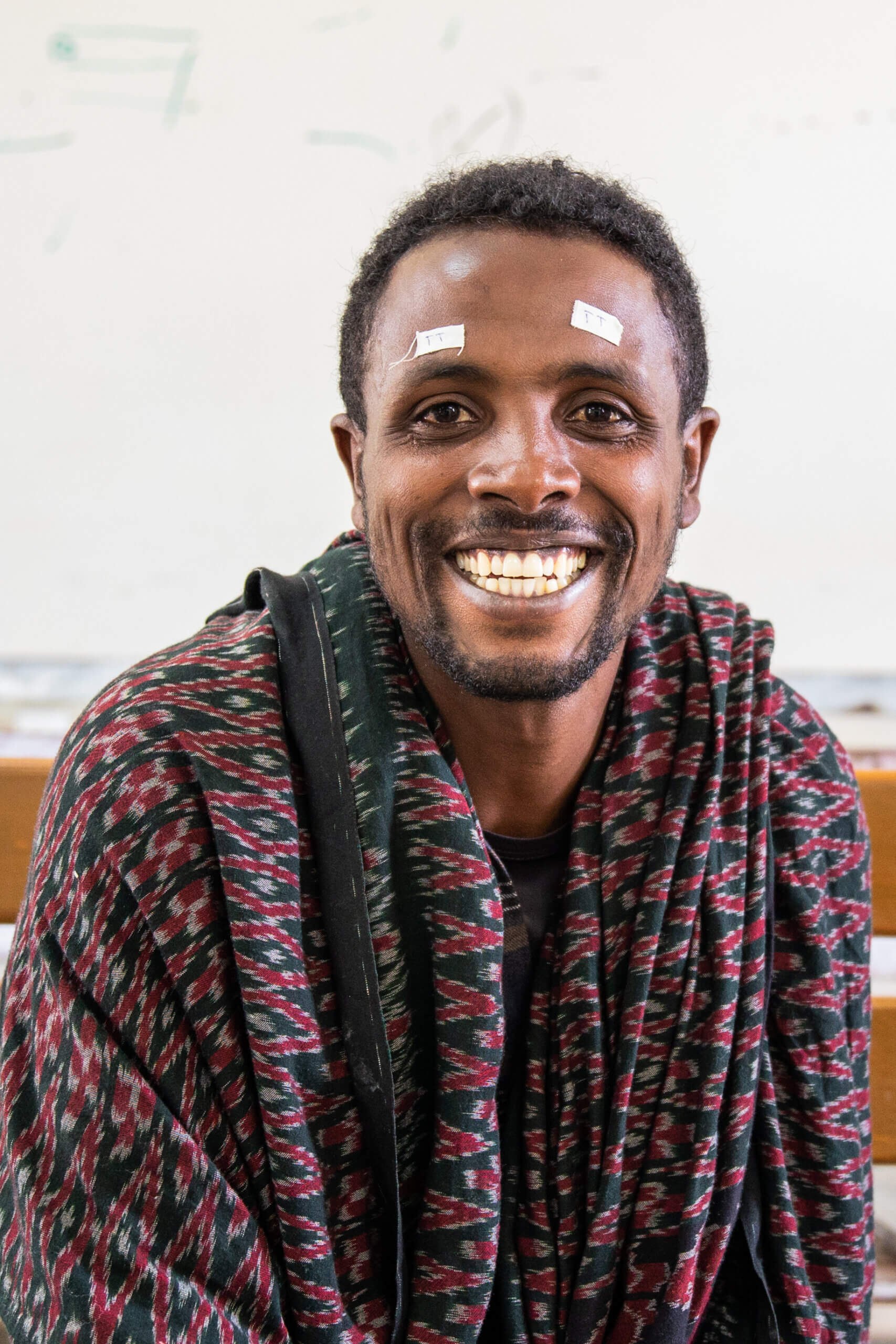
Eliminating neglected tropical diseases in Ethiopia
Ethiopia has one of the highest rates of NTDs globally, with 16 of 20 recognised neglected tropical diseases considered a public health problem in the country.
“Light for the World is working together with partners and health authorities to eliminate trachoma in Ethiopia by 2030, as well as preventing lymphatic filariasis and onchocerciasis,” says Solomon.
Trachoma is a bacterial eye infection of the conjunctiva, caused by Chlamydia Trachomatis. If discovered early enough, trachoma is easy to treat with antibiotics. If left untreated it can lead to blindness, the eyelid becomes scarred, the eyelashes turn inwards and scratch the cornea, known as trachoma trichiasis.
As the world’s leading infectious cause of blindness, around 1.9 million people are now blind after infection, and two million people require urgent sight-preserving surgery to treat trachomatous trichiasis.
Lymphatic filariasis – also known as Elephantiasis – is caused by infection with parasitic worms transmitted by mosquitoes. The parasites settle in the lymphatic system, disrupting the drainage of lymphatic fluid and causing permanent inflammation and bloating of the limbs.
Onchocerciasis, or river blindness, is an eye and skin disease. The disease is called river blindness because the blackfly that transmits the infection lives and breeds near fast-flowing streams and rivers, mostly near remote rural villages. Infection can result in visual impairment and sometimes blindness.
Like most neglected tropical diseases, trachoma, lymphatic filariasis and onchocerciasis are prevalent in low-income countries, including Ethiopia.
Disrupted health services
Armed conflict in Tigray and the COVID-19 pandemic had devastating effects, both for the general population and the national and regional health systems in the country.
“Neglected tropical diseases are affecting millions of people in Tigray,” says Dr Amanueal Haile, Head of the Tigray Health Bureau.
“The regional government cannot afford to neglect these diseases and need to integrate the prevention and elimination of these diseases into its routine work.”
“We need to work in sync among sectors and with our donors to make sure people of Tigray are not suffering from needless sight loss caused by trachoma. I hope the partnership with international NGOs like Light for the World would enables us to achieve this goal.”
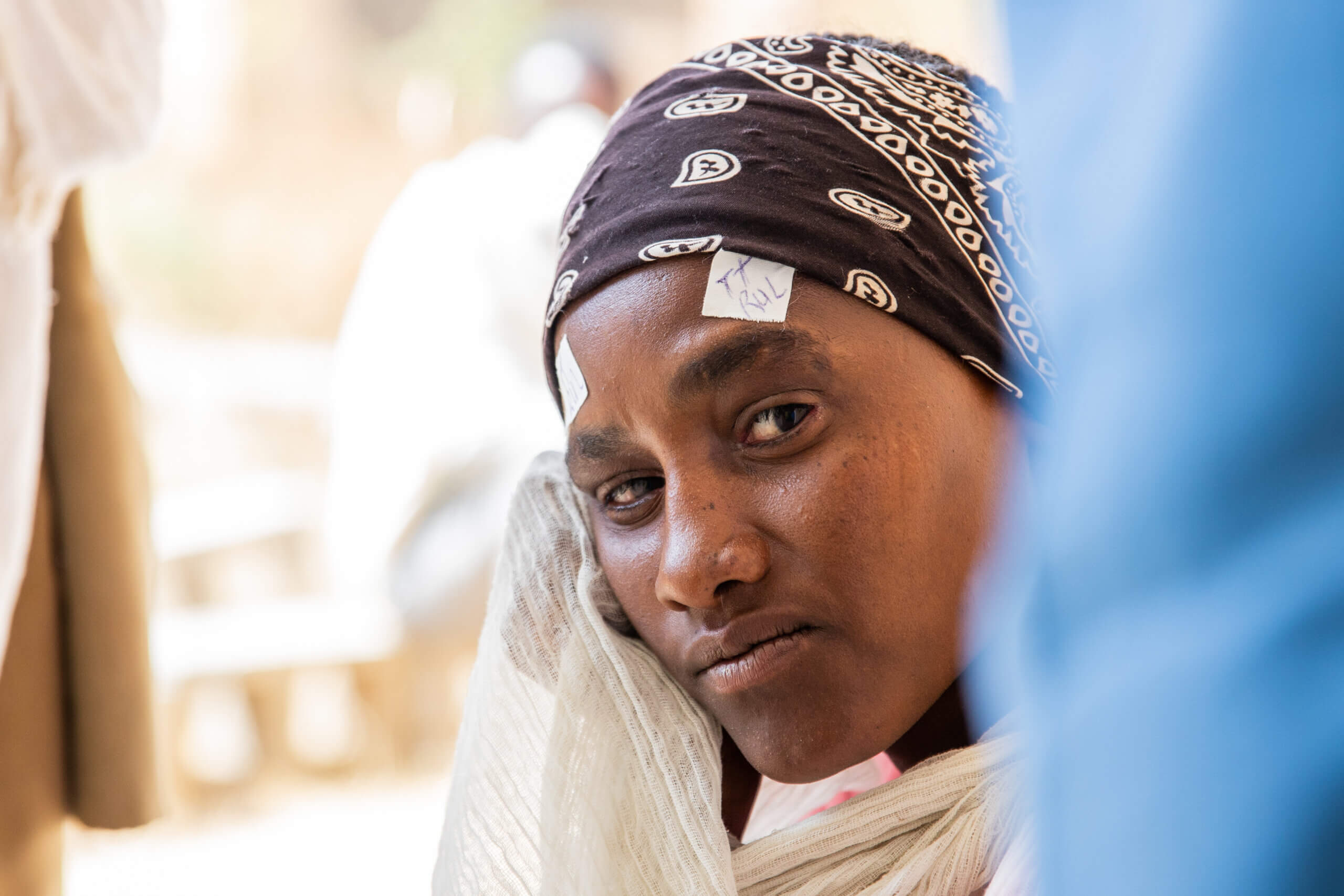
Trachoma to be history in Ethiopia by 2030
We have been striving to eliminate neglected tropical diseases in Tigray since 2006, and West Oromia since 2014, with our programme officially re-launched in Tigray in June 2023. We focus on eliminating trachoma, lymphatic filariasis and onchocerciasis, which are prevalent in these regions.
Over the next three years, in Tigray and West Oromia, Light for the World will protect four million people in 58 districts from trachoma through preventive distribution of antibiotics, perform 5,000 sight-saving surgeries to prevent blindness due to trachoma, and more than 130,000 people will be treated to put an end to lymphatic filariasis as a public health problem, as well as reaching six million people for onchocerciasis treatment.
Funding was provided by USAID through ACT to End Neglected Tropical Diseases (NTDs) | EAST and The END Fund via the ARISE programme, and the programs are implemented in collaboration with the Tigray Health Bureau.
Our Country Director, Aynalem Tefera, underlined our long-standing partnership with the Tigray Health Bureau, spanning over a decade of supporting the prevention of blindness in the region through our comprehensive eye health programme.
According to Aynalem, “The launch of this programme aligns with our commitment and the international goal to end NTDs as a public health problem in Ethiopia by 2030.”
Elimination in Tigray and West Oromia: Mass Drug Administration
Mass drug administration (MDA) is vital to help control and eliminate neglected tropical diseases, by ensuring that those who are infected are treated, and that those who aren’t are protected from future infection.
MDA involves giving treatment to an entire population or every person in a geographical area for NTDs. Meaning, that all eligible people, whether they are infected or not, receive the treatment.
Recently, Light for the World took part in an MDA in Tigray. After an initial lower than expected turnout, the mass drug administration team went from house to house, distributing the medicine.
“One of the advantages of going house to house is finding those people who are forced to stay at home due to illness and disabilities,” says Sihen Aregawi, Health Extension Worker in Dogua Temben, a woreda in Tigray.
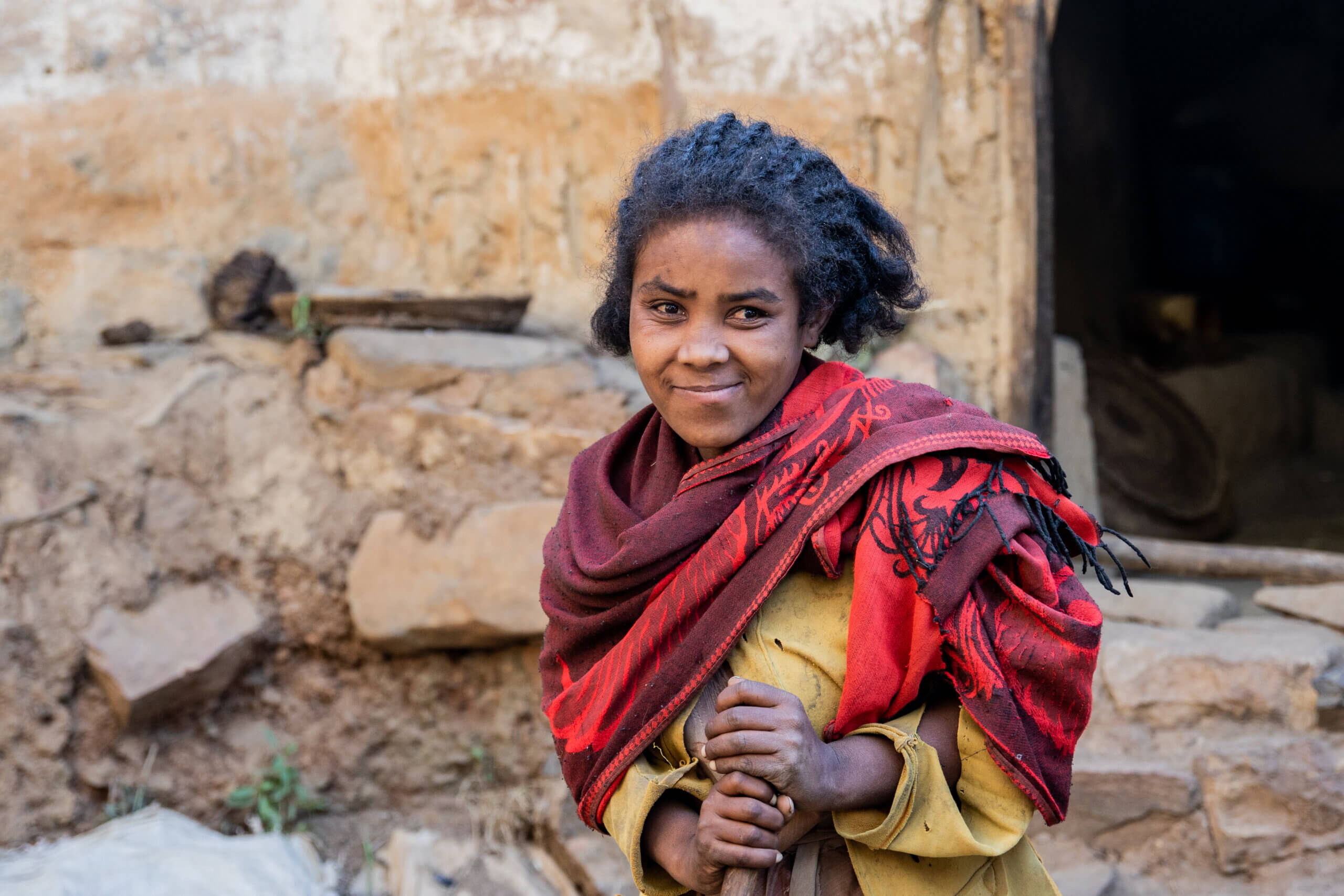
We will continue to work with our partners, with another MDA in January in West Oromia and in February in Tigray, to reach more people and work towards eliminating trachoma in Ethiopia by 2030.
